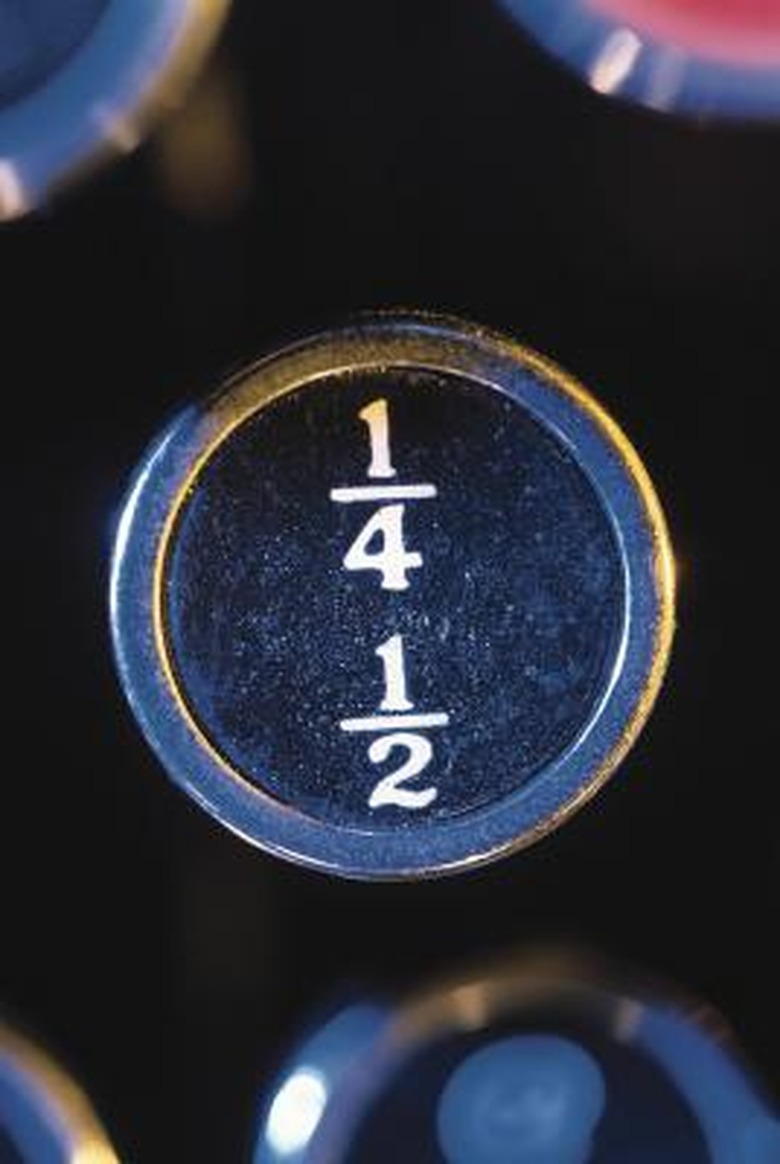How To Calculate Denominator Degrees Of Freedom
In statistical analysis, the F distribution assessment is used to analysis variance in a sample group. The denominator degrees of freedom is the bottom portion of the F distribution ratio and is often called the degrees of freedom error. You can calculate the denominator degrees of freedom by subtracting the number of sample groups from the total number of samples tested.
Step 1
Determine the total number of all samples tested. Add the number of samples tested in each group. For example, assume you tested 10 Dell computers, 20 Hewlett-Packard computers, 30 Apple computers and 40 Gateway computers. You would have the following equation: 10 + 20 + 30 + 40 = 100.
Step 2
Calculate the total number of sample groups. Continuing the same example, there are four sample groups: Dell Computers, Hewlett-Packard computers, Apple computers and Gateway computers.
Step 3
Calculate the denominator degrees of freedom. Subtract the number of sample groups from Step 2 from the total number of samples tested from Step 1. From the example, the equation is 100 – 4 = 96. The solution to this equation is the answer.
References
Cite This Article
MLA
McGew, Matt. "How To Calculate Denominator Degrees Of Freedom" sciencing.com, https://www.sciencing.com/calculate-denominator-degrees-freedom-7969197/. 24 April 2017.
APA
McGew, Matt. (2017, April 24). How To Calculate Denominator Degrees Of Freedom. sciencing.com. Retrieved from https://www.sciencing.com/calculate-denominator-degrees-freedom-7969197/
Chicago
McGew, Matt. How To Calculate Denominator Degrees Of Freedom last modified March 24, 2022. https://www.sciencing.com/calculate-denominator-degrees-freedom-7969197/
